Oct 28, 2025 10:47 AM
In Memoriam: Jack DeJohnette, 1942–2025
Jack DeJohnette, a bold and resourceful drummer and NEA Jazz Master who forged a unique vocabulary on the kit over his…

A staple of Chicago’s jazz scene, Junius Paul’s debut full-length, Ism, takes into consideration the city’s past musical triumphs while incorporating the bassist’s own passions.
(Photo: Fabrice Bourgelle)Bassist Junius Paul is an unmistakable emblem of free Chicago.
In demand as both a performer and composer, Paul’s regularly worked with drummer and producer Makaya McCraven, as well as serving as a member of the pioneering avant-garde group Art Ensemble of Chicago.
The bassist’s debut leader date, Ism (International Anthem), is a collection of live recordings captured at various Chicago venues between 2016 and 2019, spanning the beat-heavy “Baker’s Dozen” and the bassist’s outré moves on cuts like the exploratory “Bowl Hit.” It’s all enough to easily reflect Paul’s broad musical affinities, and his background studying both bass and classical guitar.
The following has been edited for length and clarity.
Ism is culled from a variety of lives dates with various performers over the course of a few years. Did your sound evolve during that time? And how did you select the musicians who play on the album?
This year, listening back to the recordings from 2016, I’ve been able to hear a lot of things, like just checking out how I sounded back then. I feel like I’ve grown in that time—as a person and as a musician.
All those collaborations are by design. Every configuration that I put together was something I planned out. The first night was in June of 2016 with myself, Tomeka Reid and Isaiah Spencer; we all have experience playing together at the Velvet Lounge with Fred Anderson, and have a lot of the same mentors from Chicago.
You occupy a spot in the Art Ensemble that was held by Malachi Favors for more than 30 years. What are your impressions of his work?
Malachi was a bassist that I felt could fit in any situation, but definitely had a very unique sound and approach to the music. And that’s evident in his recordings with Andrew Hill, Muhal Richard Abrams and the Art Ensemble of Chicago, and all the various things that the Art Ensemble did. You really get to hear that versatility.
Do you think about trying to uphold the tradition of the Art Ensemble while forging your own path?
That is a process that will continue to play itself out. When we talk about “upholding the tradition,” it’s something that I take ultimate pride in, especially being able to play with the Art Ensemble of Chicago and to be around its original members. It’s just an honor to be a part of Great Black Music—that includes the AACM, the Art Ensemble of Chicago, Ernest Dawkins’ New Horizons Ensemble and Vincent Davis and Percussion Plus.
How do you prepare before your performances to help you maintain both spiritual and musical stamina?
Musical and spiritual stamina go hand in hand. Before I practice, there’s a prep that I do spiritually and physically, stretching and things like that, even a quick meditation; a prayer, just to calm down.
Before performances, we take a moment of silence, it can be one minute or two minutes, until the leader of the group makes a noise with an instrument, and that means it’s time to start. The Art Ensemble, the AACM does it as well—Ernest Dawkins. It centers us, and we’re silent, just focusing on what is to come.
I use that time to pray, and ask to be centered and focused and to give my best, to connect with who I’m on stage with and the people that we’re sharing this energy with.
Jazz and style sometimes are equated, and you often wear tights. Are you making a statement? And do you see this connected to your writing and performing?
The connection between fashion and music is that it’s all a part of “the Ism.” I didn’t look at like—I’m a musician and I wanna be weird. It’s something I envisioned. I’ve been wearing tights for a long time; it just evolved into what it is now.
There are two things that run the world—love and fear. You have to really get into loving what vision has been gifted to you and exploring that and getting inside of that, and through that you influence others to do the same. Jazz and fashion have always gone hand-in-hand, and fashion is part of the message of freedom that’s so tied in with jazz. DB
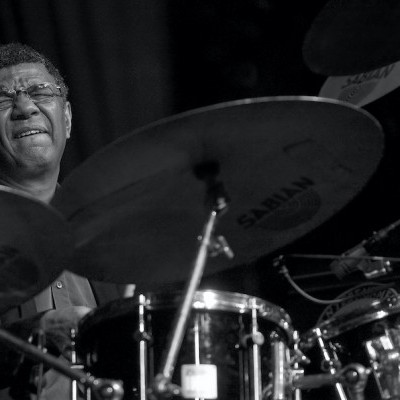
Jack DeJohnette boasted a musical resume that was as long as it was fearsome.
Oct 28, 2025 10:47 AM
Jack DeJohnette, a bold and resourceful drummer and NEA Jazz Master who forged a unique vocabulary on the kit over his…
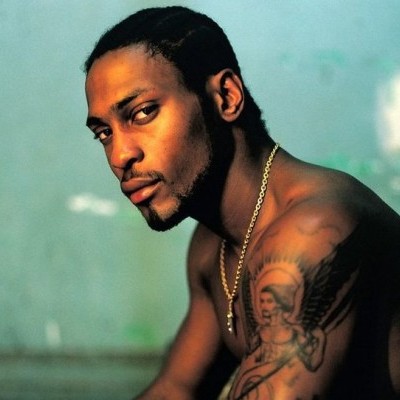
D’Angelo achieved commercial and critical success experimenting with a fusion of jazz, funk, soul, R&B and hip-hop.
Oct 14, 2025 1:47 PM
D’Angelo, a Grammy-winning R&B and neo-soul singer, guitarist and pianist who exerted a profound influence on 21st…
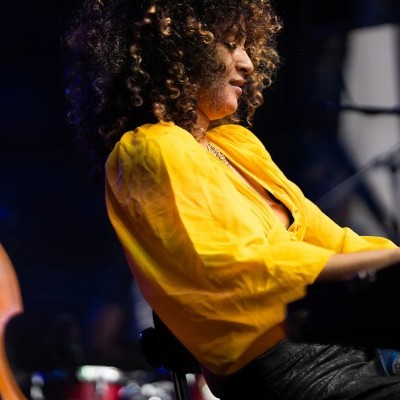
Kandace Springs channeled Shirley Horn’s deliberate phrasing and sublime self-accompaniment during her set at this year’s Pittsburgh International Jazz Festival.
Sep 30, 2025 12:28 PM
Janis Burley, the Pittsburgh International Jazz Festival’s founder and artistic director, did not, as might be…
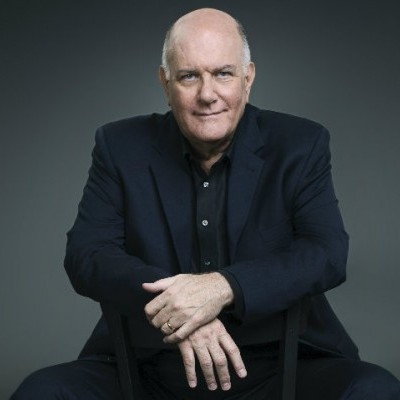
Jim McNeely’s singular body of work had a profound and lasting influence on many of today’s top jazz composers in the U.S. and in Europe.
Oct 7, 2025 3:40 PM
Pianist Jim McNeely, one of the most distinguished large ensemble jazz composers of his generation, died Sept. 26 at…
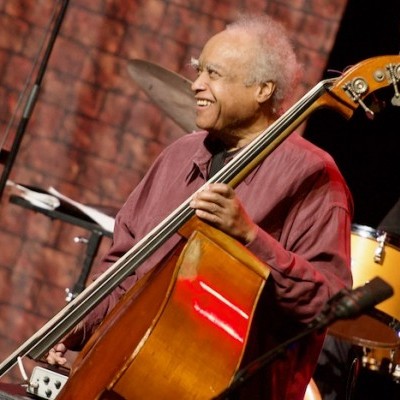
Drummond was cherished by generations of mainstream jazz listeners and bandleaders for his authoritative tonal presence, a defining quality of his style most apparent when he played his instrument unamplified.
Nov 4, 2025 11:39 AM
Ray Drummond, a first-call bassist who appeared on hundreds of albums as a sideman for some of the top names in jazz…